CALABARZON, November 10, 2023 – Committed to help individuals, families, and the community to bring social change and improve the quality of life in their rural areas, the development workers – the area coordinators (ACs) in the Department of Agriculture – Special Area for Agricultural Development (DA-SAAD) CALABARZON – have shown unwavering dedication and resilience during the first 6 months of Phase 2 pilot year implementation.
As development workers in the agriculture sector, four (4) ACs immersed themselves in community organizing; and needs assessment as requisites under the program’s social preparation component. ACs are the primary movers of agricultural development working closely with the farmers, facilitating livelihood project distribution, and coordinating with partner stakeholders. These critical roles played importance in successful program implementation and project management.
For SAAD Phase 2, CALABARZON is a new addition in the program implementation, with the provinces of Quezon and Batangas to be covered. Said provinces were prioritized since they have municipalities belonging to the 5th and 6th income class and the top ⅓ with the highest poverty incidence rates reported by the Philippine Statistics Authority in 2018.
In Quezon Province, 3 municipalities with 5 barangays each having a total of 15 FCAs were assisted to gather farmers and form Farmers’ Cooperatives and Associations (FCAs); while in Batangas, 10 barangays were assisted.
Each AC in SAAD CALABARZON is assigned with five (5) municipalities to handle, translated to at least four (4) to six (6) farmers’ associations (FAs) to manage.
What it takes to be an AC in an agricultural development program
Mr. Ronilo D. Villabroza Jr and Mr . Norman C. Trillana are assigned in Quezon Province while Mr. Angelo Pabilonia and Mr. Melvin A. Dita is in Batangas Province.
In the heart of the area coordinator lies empathy that drives them to work efficiently and bring transformational change. However, starting from community entry, an array of obstacles had to be overcome by the community organizers. As Mr. Angelo Pabilonia and Mr. Norman Trillana shared, the first challenge is how to reach the communities and far-flung barangays.
“Kadalasan kailangan mo mag-motor at maghabal-habal para lang marating ang mga barangay. Mahihirap ang daan, nakaranas kami na halos isang metro lang ang dadaanan, matatarik talaga, mamimili ka bangin o dagat ka mahuhulog,” Mr. Trillana shared.
(To reach the barangays, you typically need to take a motorbike and stroll about. The road is at a maximum of one meter wide, and it is very steep. You’ll either tumble into the sea or off a cliff.)
“Sa Tingloy naman, medyo challenging kasi limitado ang byahe sa pagpasok ng isla at kalimitan makipot ang daan. Kadalasan ang transportasyon ay tricycle at motor. Kapag kailangan na marami kami na pumunta sa ibang barangay, gumagamit na kami ng bangka. Sa bangka, medyo may kamahalan siya at kung malakas ang alon ay mahirap,” Mr. Pabilonia added.
(Travelling to Tingloy presents certain difficulties due to the restricted transportation options and sometimes congested roads. The two main modes of mobility on the island are the tricycle and the motorbike. However, we use boats if we need to travel in groups. Although it is expensive and more difficult when the current is strong.)
Despite the struggle on reaching the target barangays, ACs continuously look for ways to communicate and have access to the farmers. They have met with the locals and immersed themselves in the community by living within the area. Through this interaction, they have seen the glimpse of the day-to-day life of farmers.
Given the challenge with transportation, the ACs were able to observe that the lack of efficient public transportation and narrow road networks have greatly affected the marketing opportunities of the farmers and their net income. Production cost also increased while the farm gate price remains the same or only has minimal increase leaving the farmers with lack of working capital.
When asked how the communities are responding to the initiative, Mr. Pabilonia pointed out that the majority of farmers are hesitant to join in the program’s initial activities. According to the local government unit (LGU) and farmers, multiple governments and private institutions have collected data and made promises for the communities, but the majority of them did not materialize, leaving farmers with no livelihood interventions.
“Habang nagproprofile kami, napansin namin na karamihan ng mga farmers doon ay medyo hindi interesado. Tinanong namin sila kung bakit malamlam ang kanilang interes sa layunin ng programa at doon namin nalaman na medyo pagod na sila dahil marami nang pumunta doon na humingi ng datos at profile at pagkatapos ay hindi na bumalik. Kumbaga sila ay pinaasa lang, “Mr. Pabilonia noted.
(While we were profiling, we noticed that most of the farmers were quite disinterested. Upon asking the farmers, we found out that they were a bit tired due to multiple groups and individuals who had gone there to ask for their data and profiles, but never came back. It seems they were just given false hopes.)
Through orientation, frequent visits and close collaboration with the LGU, farmers have slowly welcomed the program. Currently, the farmers are actively participating in profiling and Participatory Rural Appraisal which will be crucial in planning the interventions for the livelihood rollout in 2024. SAAD CALABARZON is preparing and supporting the communities for the formation of registered associations.
The ACs’s next step is to assist in the registration of the organization in the Department of Labor and Employment (DOLE) while strengthening the capabilities of farmers on community organizing, values formation, and bookkeeping. Said FCAs will be assisted and guided by the management until they can establish sustainable Community-based enterprises – the program’s end goal. ###
Writer: Pamela Faith M. Garcia, DA-SAAD CALABARZON Information Officer
Contributor: Jayvee Amir P. Ergino, DA-SAAD CALABARZON Information Officer

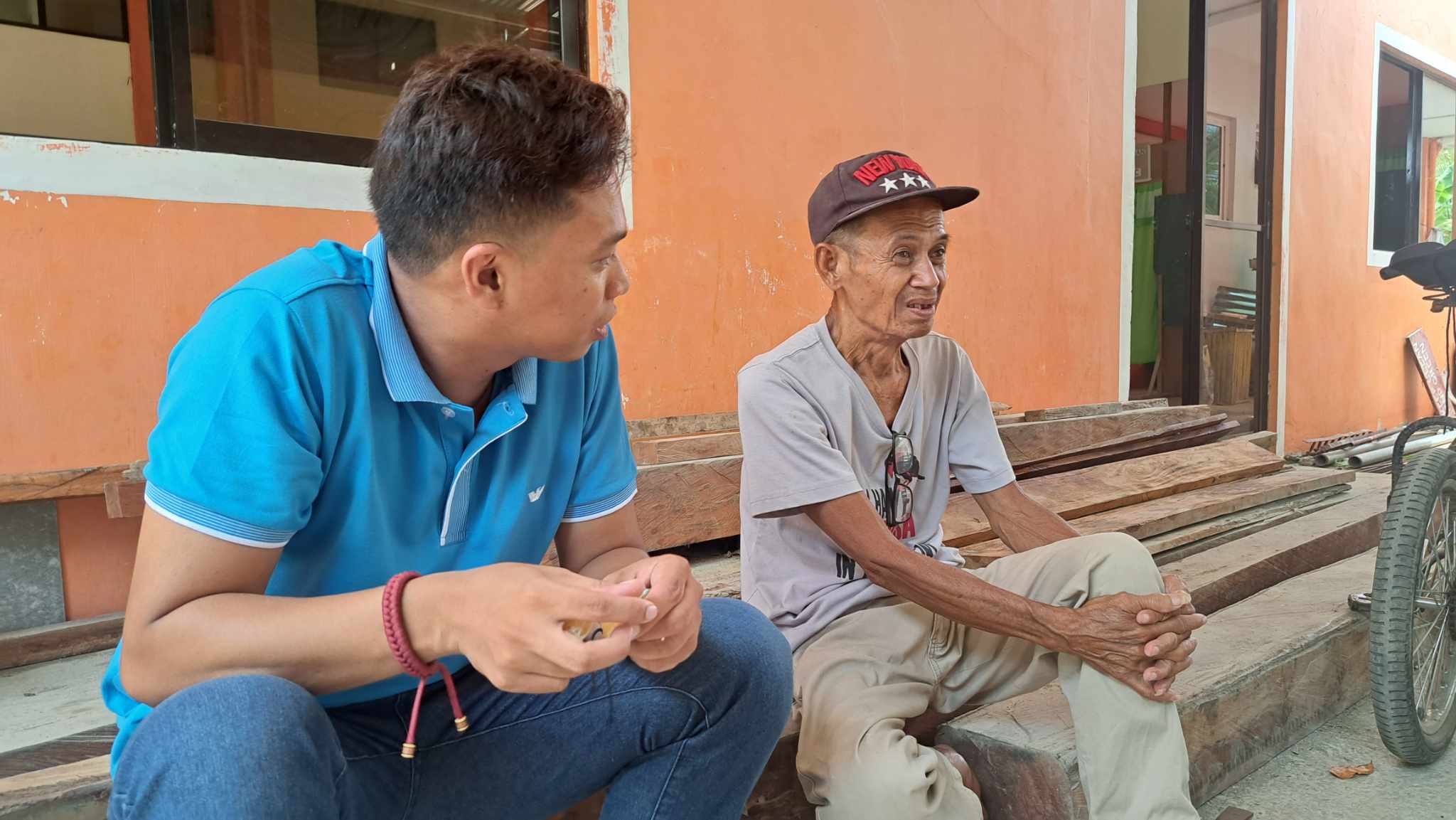
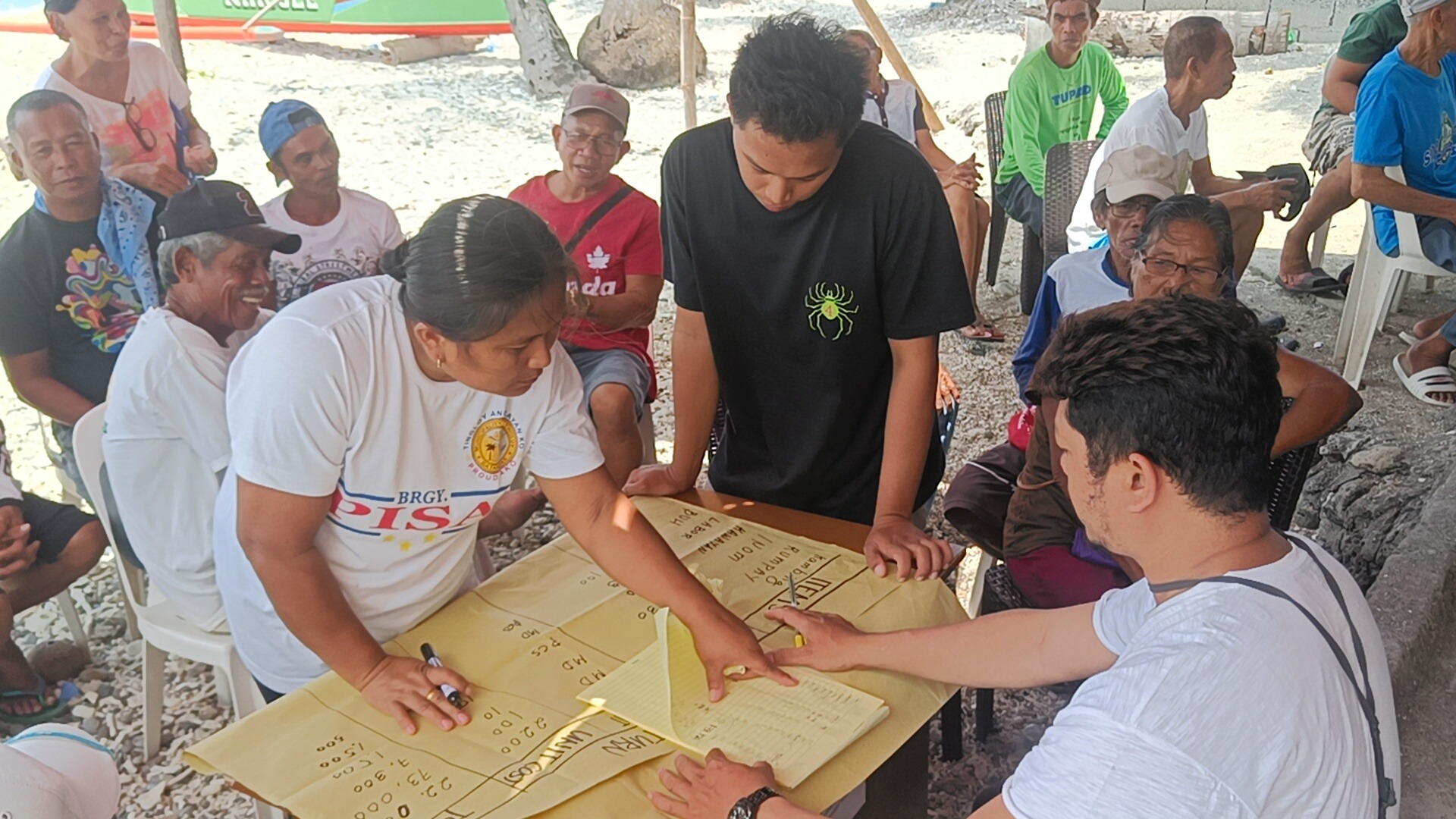
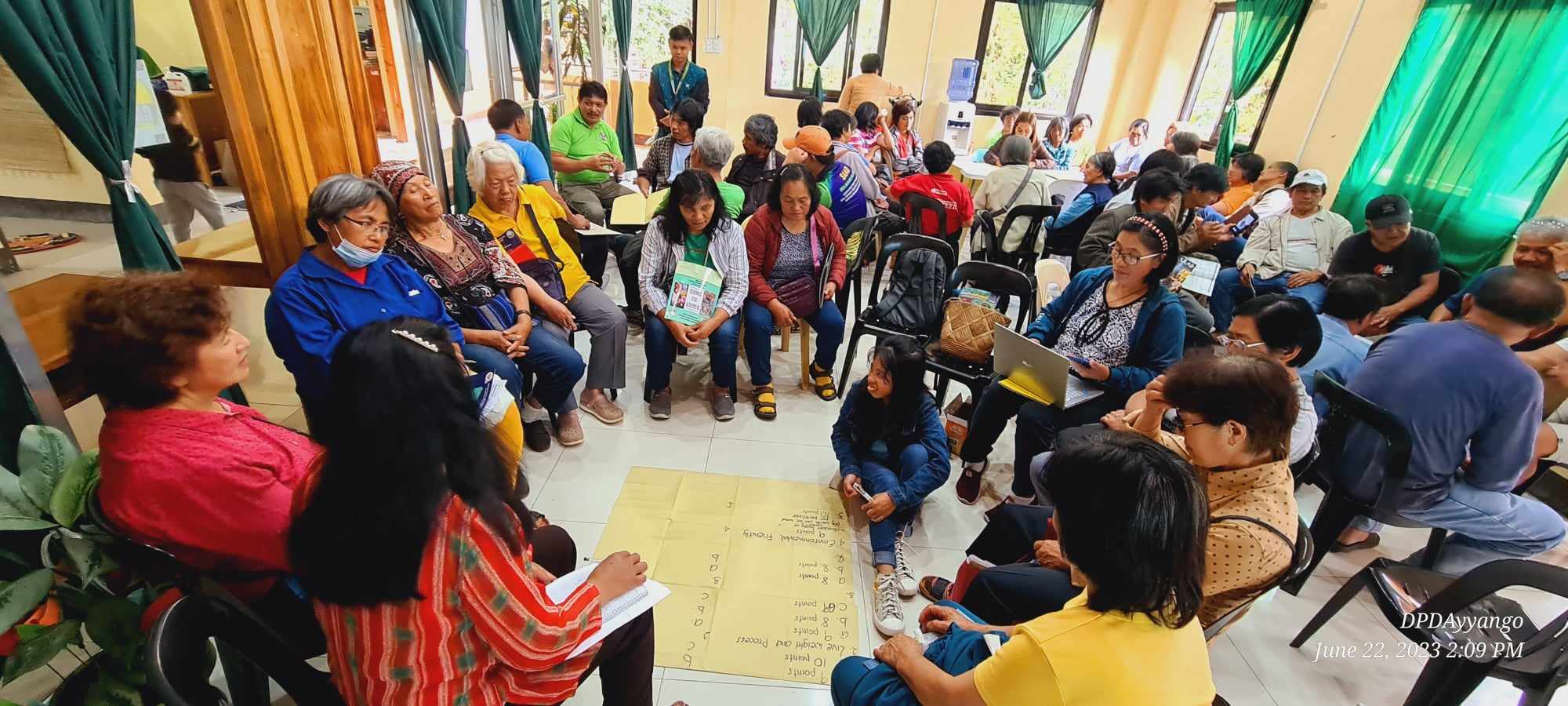
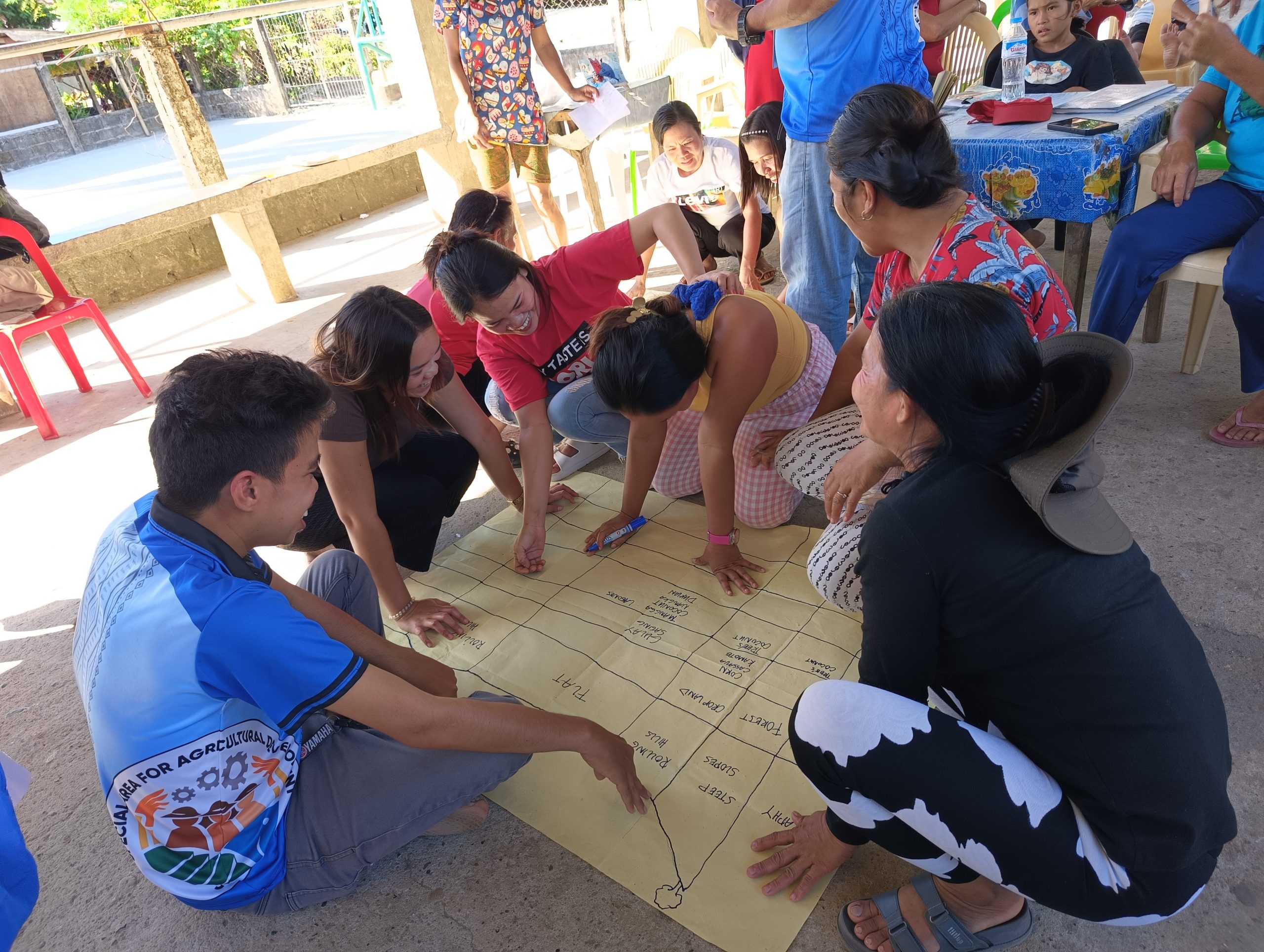
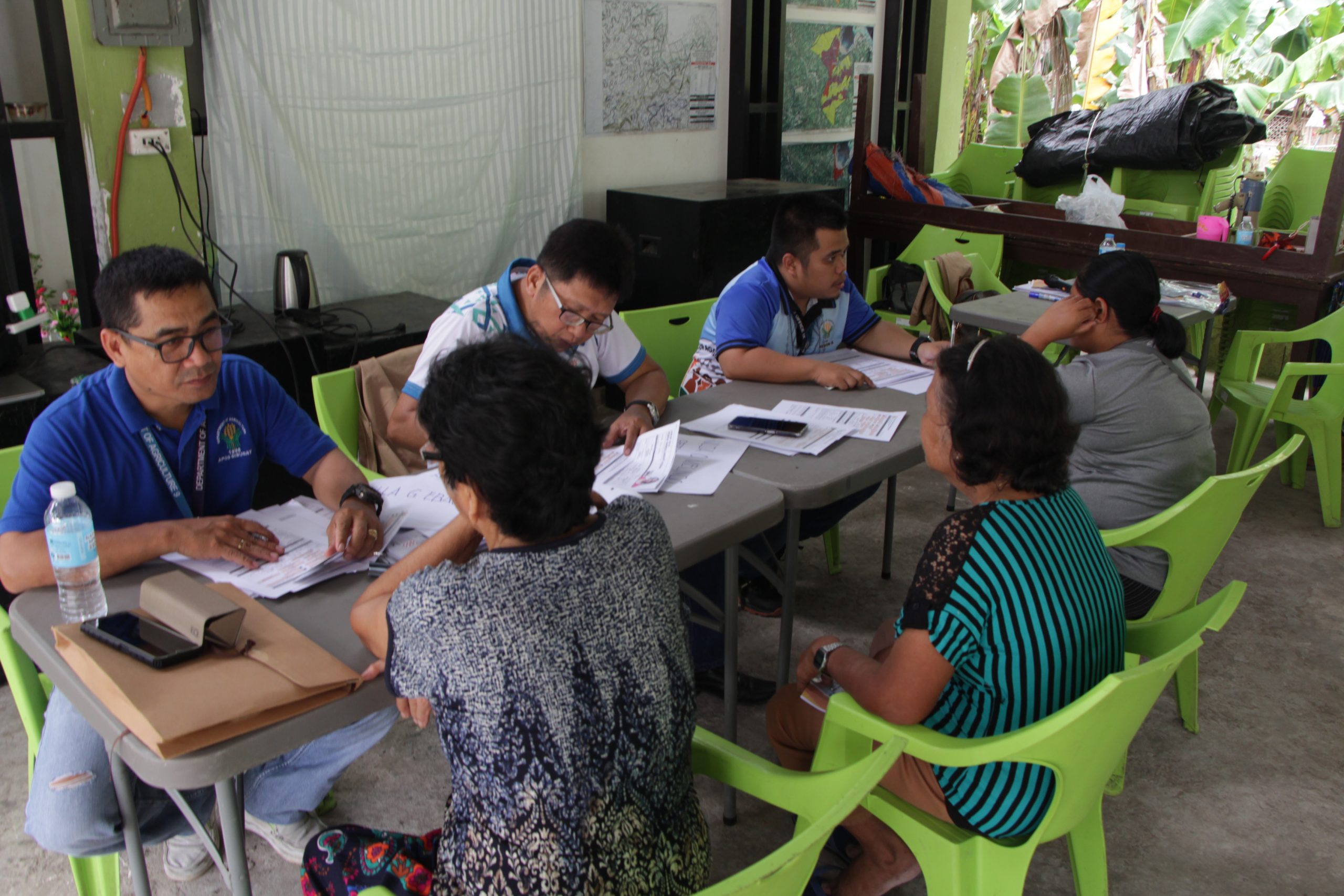
This Post Has 0 Comments